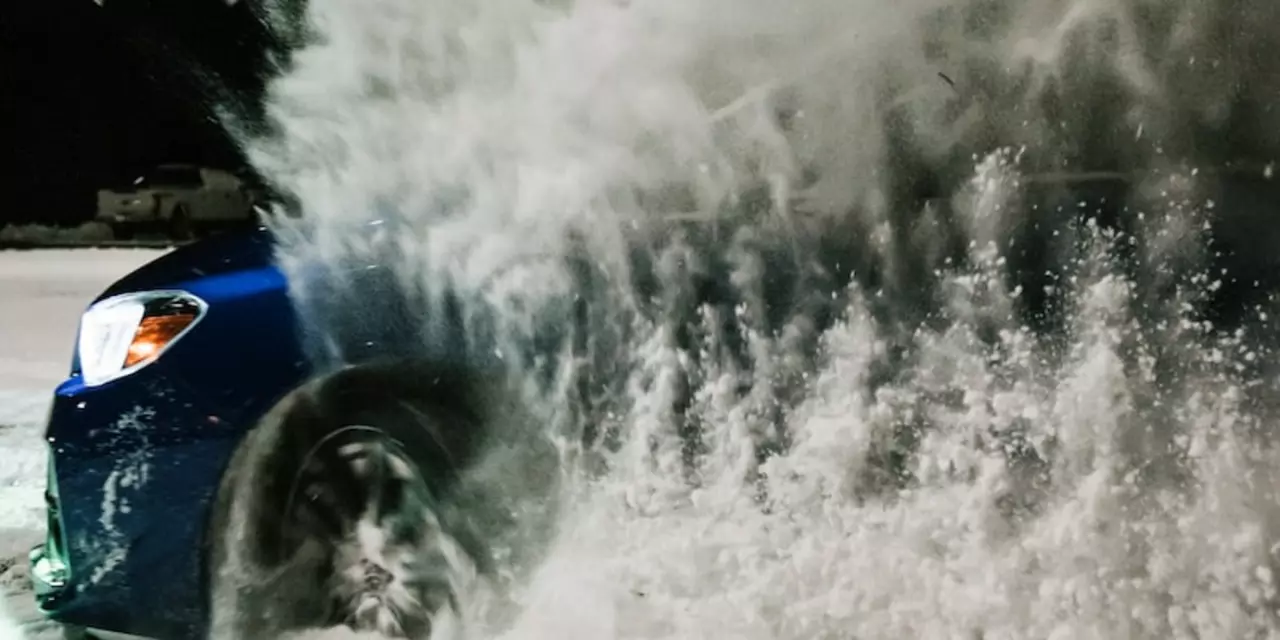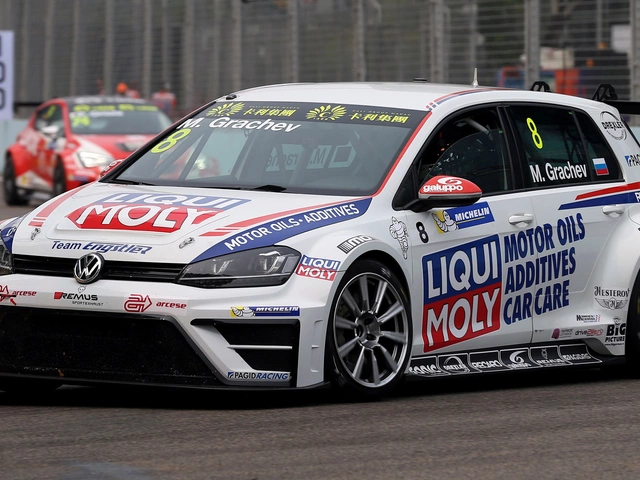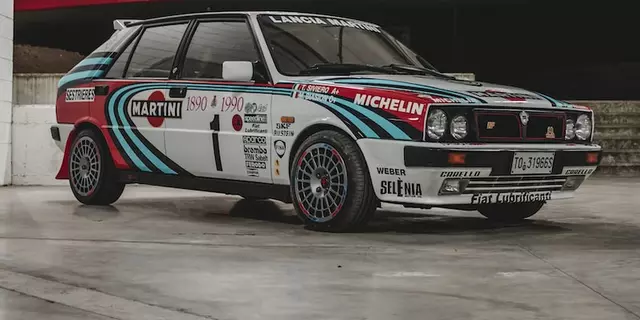Rally cars are a type of motor vehicle designed for off-road racing, as opposed to regular cars that are designed for road-racing. Rally cars are built for speed and agility, and have powerful engines and suspension systems to help them navigate the tough terrain they often find themselves racing on. But are they really meant for off-road?
The answer is yes and no. Rally cars are built to handle the extreme conditions of off-road racing, but they can also be used on regular roads. Many drivers will take their rally cars out on roads just to have some fun and show off their skills. However, these cars are not designed for regular roads, and can be difficult to handle on them.
Rally cars are meant for off-road racing because they are designed to handle the terrain and high speeds of the race. They are built with powerful engines and suspension systems that can handle the jumps, bumps and turns that come with off-road racing. They also have a much higher ground clearance than regular cars, which can help them navigate over large rocks and other obstacles on the track.
So, while rally cars are not necessarily meant for off-road, they are designed to handle the tough terrain of off-road racing and can be a lot of fun to drive on the roads as well. Whether you're a professional racer or a casual enthusiast, rally cars can provide you with an exciting driving experience.
Rally cars are popularly associated with off-road driving, but are they really meant for off-road conditions? To answer this question, let's take a look at how rally cars compare to other off-road vehicles.
First, rally cars are specifically designed for performance. They are built to be lightweight and fast, which makes them ideal for racing in competitive events. This means that they may not be as tough and capable as other off-road vehicles, such as Jeeps or 4x4s.
Rally cars are also not well-suited for long trips or over rough terrain. While they may be able to handle short stretches of off-road driving, they are not built to be as robust as other off-road vehicles.
When it comes to off-road driving, rally cars are not the best choice. They are designed for speed and performance, not for long-distance off-road adventures. If you are looking for a vehicle to take off-road, you may be better off looking at a Jeep or 4x4.
Rally cars are built differently than other types of cars. They are designed to handle extreme terrain, and they have specialized components that make them suitable for off-road driving. Some of the features that make a rally car different from other types of cars include:
- All-Wheel Drive: Rally cars are equipped with all-wheel drive, which allows them to maintain traction on slippery surfaces and uneven terrain. This feature also gives rally cars superior acceleration and cornering performance.
- Tuned Suspension: Rally cars have a suspension system that is tuned for off-road driving. The suspension system is designed to absorb bumps and dips in the road and to keep the car stable at high speeds.
- Roll Cage: Rally cars are equipped with a roll cage, which is a metal frame that is designed to protect the driver and passengers in the event of a crash. The roll cage also provides additional rigidity to the chassis and helps the car stay in control during extreme driving conditions.
- Lightweight Wheels: Rally cars use lightweight wheels that are designed to handle the strain of off-road driving. The wheels are usually made of aluminum or magnesium, which makes them lighter and more durable.
These features make rally cars different from other types of cars, and they make them well-suited for off-road driving. If you're looking for a car that can handle extreme terrain, then a rally car may be the right choice for you.
Rally cars are designed for speed and maneuverability, but safety is also a top priority. While most rally cars are meant for off-road racing, they are built with several features to keep the driver and passengers safe. It is important for drivers to understand these features and to take the necessary precautions when driving a rally car.
First, rally cars are designed with roll cages for added protection in the event of a rollover. These cages are made of steel or aluminum, and they help to protect the driver and passengers from debris. In addition, rally cars are usually equipped with a five-point harness, which helps to keep the driver securely in the seat. This is especially important in the event of an accident, as it can help to keep the driver in the seat and reduce the risk of serious injury.
Rally cars also have a reinforced suspension system. This system helps to keep the car stable in off-road conditions, and it also helps to absorb the shock of bumps and jumps. The suspension also helps to keep the car closer to the ground, which makes it easier to control in tight turns. Finally, rally cars are equipped with reinforced tires, which are designed to provide extra grip on off-road surfaces.
Overall, rally cars are designed for off-road racing, and they come with a variety of safety features to keep the driver and passengers safe. Drivers should always take the necessary precautions and understand the safety features of the car before driving.
Rally cars are designed to handle a variety of terrain, from gravel and mud to tarmac and snow. However, when you’re driving a rally car, it’s important to remember that different terrains require different driving techniques. Here are some tips for driving a rally car on different terrains:
Gravel
Gravel roads can be tricky, as they require a delicate balance between acceleration and deceleration. When driving on gravel, it’s important to avoid sudden changes in speed, as this can cause the car to lose traction and slide. Instead, gradually increase and decrease your speed, and try to maintain a consistent speed throughout the course.
Mud
Mud can be tricky to navigate, as it can be slippery and unpredictable. When driving on mud, it’s important to keep the car in the right gear and maintain a steady speed. It’s also important to be aware of ruts and bumps, as they can cause the car to lose traction and slide. If you find yourself stuck in the mud, it’s important to avoid spinning the wheels, as this can cause the car to sink deeper into the mud.
Tarmac
Tarmac is the most common type of road surface in rally racing. When driving on tarmac, it’s important to take corners carefully and avoid sudden changes in speed. It’s also important to remember that tarmac can be slippery when wet, so it’s important to be aware of the weather conditions and adjust your driving accordingly.
Snow
Snow can be tricky to navigate, as it can be slippery and unpredictable. When driving on snow, it’s important to keep the car in the right gear and maintain a steady speed. It’s also important to be aware of ruts and bumps, as they can cause the car to lose traction and slide. If you find yourself stuck in the snow, it’s important to avoid spinning the wheels, as this can cause the car to sink deeper into the snow.







Write a comment